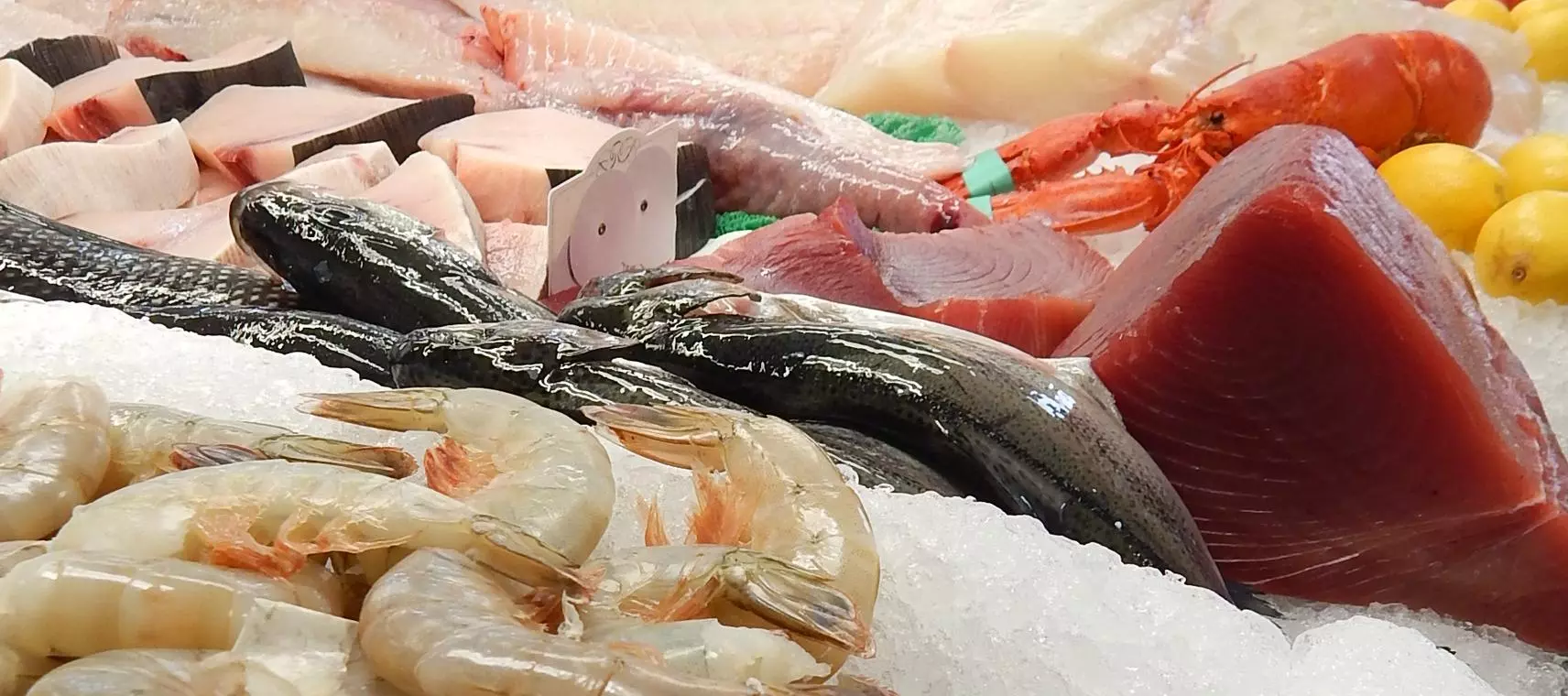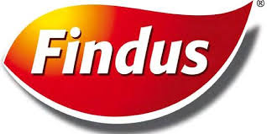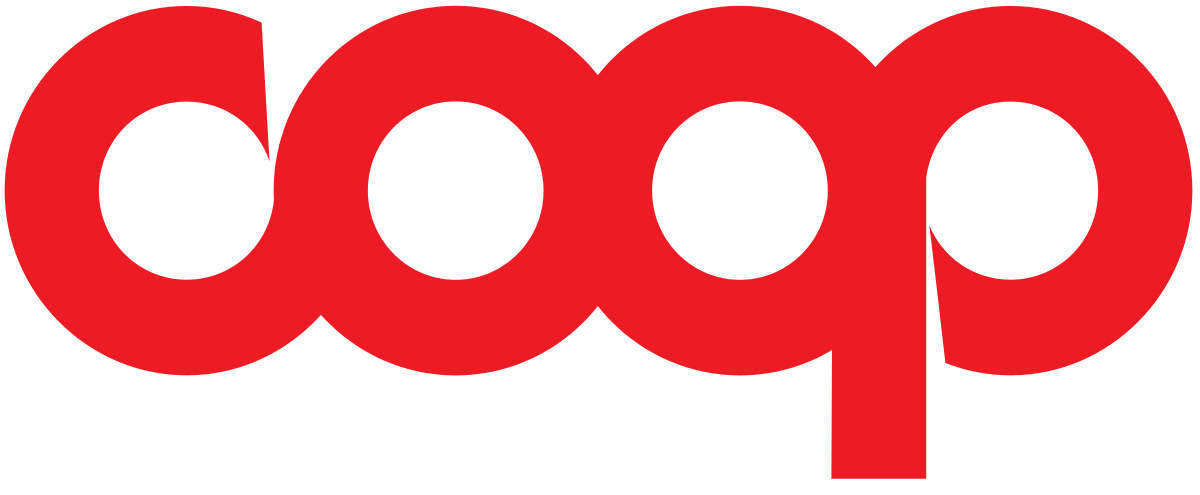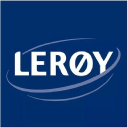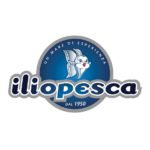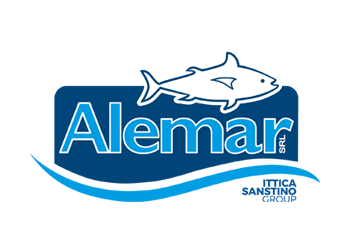Sintesi
In 2020, the global fish and seafood market is on a growth trajectory. However, this growth faces the environmental challenge of overfishing, with the FAO noting that ecologically sustainable fish stocks have fallen from 90% to 66%. Italy, as a major consumer and importer, is a notable part of the European fish market, with the Italian domestic market witnessing an increase in the value of seafood sales in 2021, despite being the country with the lowest sales growth in Europe, at 30.1 million euros.
In 2021, Italian imports amounted to $5.913 billion and exports to $543 million. Italian households have shown a slight upward trend in fish consumption, spending around €207 per capita on fish and seafood products, which correlates with a growing preference for fresh fish.this correlates with a growing preference for buying sustainable seafood products, as indicated by a +30% increase in sales of sustainably sourced products by 2020. At international level, the European Union regulates fishing through the Common Fisheries Policy, with measures such as TAC quotas, MSY and discard bans to manage and protect fish stocks sustainably.
changing consumption patterns on the Italian fish market
The Italian fish market is undergoing radical change, driven by a series of factors influencing consumption patterns and demand. In particular, Italy is one of Europe's leading consumers of fish products, with per capita consumption reaching around 30 kilograms per year, ranking sixth on the continent. One of the main drivers behind Italy's growing appetite for fish is the population's awareness of the health benefits attributed to seafood, coupled with its preference for ethnic cuisines. globally, the fish and seafood market has been growing steadily, with projections indicating a compound annual growth rate of around 2.5%, aiming to reach around $180-200 billion by 2027. This increase is due to multiple factors, including global population growth, rising disposable incomes and changing consumer lifestyles.
However, this increase in consumption is not without its challenges. One major concern is the depletion of marine species due to overfishing. Only 65% to 70% of fish stocks are at sustainable levels. What's more, around 70% of fish caught in the Mediterranean are discarded, highlighting the problem of waste and the urgent need for sustainable fishing practices. In the European Union, seafood preferences are very diverse, with tuna being the most widely consumed product, but self-sufficiency rates vary considerably from one species to another. Mackerel, for example, has a self-sufficiency rate of over 120%, indicating that the EU produces far more than it consumes. Italy's role as a major player is underlined by its strong import activity, which accounts for around 4% of world value.
The Italian domestic market remains robust and dynamic, with sales of seafood products showing a moderate increase in value between 2020 and 2021. On the production side in Italy, the value of fish and seafood products will be between 1.5 and 1.6 billion euros in 2020, with significant regional contributions, particularly from Sicily, which accounts for around a quarter of the country's fishing revenues. In terms of trade, Italy sources its seafood from a range of European and non-European countries, underlining the global interconnectedness of this market.
Key players shaping the landscape of the Italian seafood industry The Italian seafood market is an arena driven by many players, each contributing significantly to the movement and distribution of fish and seafood across the country. The landscape is diverse, with companies ranging from large distribution groups to specialist seafood producers, and each occupies a unique position in the market. Here's a brief overview of the main players in the Italian seafood industry.
Main distributors :
- Sysco Group (Davigel) - Part of the Sysco Corporation, Davigel is a gigantic player serving a wide range of market segments, including hospitals, schools and the hospitality sector, among the many channels it supplies. Known for a range that extends from seafood to dairy products and desserts, Davigel's activities extend beyond Italy's borders, marking its presence throughout Europe.
- Coop - Coop Italia is one of Italy's largest supermarket chains, with a significant stake in retail distribution, including a wide range of seafood products for household consumption. The Coop brand is synonymous with everyday shopping for Italian families, and prides itself on responsible sourcing and quality products.
- Italmercato - Although smaller than the giants, Italmercato has carved out a place for itself in the market, as a specific distributor known for its range of seafood products. Its commitment to freshness and customer service has made it a respected name in the Italian seafood market.
- Findus - Specializing in frozen foods, Findus has made a name for itself with its seafood range, which promises convenience without compromising quality and taste. From ready-made meals to ingredients for home cooking, Findus has become a staple in many Italian freezers.
Notable producers :
- Generale Conserve - With a rich heritage and roots deeply rooted in the history of Italian seafood, Generale Conserve is at the forefront of high-quality seafood canning. Its commitment to preserving techniques that preserve flavor and nutrition is a testament to its dedication to craftsmanship. -
- Leroy Sea Food - Leroy Sea Food, one of the world's leading seafood companies, is present at all stages of production, from fish farming to seafood processing and sales. With sustainable development at the heart of its concerns, the company is a major player in defining industry standards.
Specialized retailers :
- FIORITAL GELO - FIORITAL GELO has established itself as a specialist in the retail landscape, providing not only a product, but also a service
per comprendere questo mercato
Dettaglio del contenuto
 Informazioni
Informazioni
- Pagine : 30 pags
- Formato : Versione PDF e digitale
- Ultimo aggiornamento : 29/04/2022
 Riepilogo ed estratti
Riepilogo ed estratti
1 Market Summary
1.1 Definition and presentation
The fish market covers the consumption and distribution of fish and seafood.
Fish consumption is increasing sharply worldwide, with growth in production on the one hand, followed by increasing consumption-mostly dictated by the development of ethnic cuisines and growing awareness of the benefits of fish-but also due to other factors such as improved distribution channels. Italy ranks first among European countries where the most fish is eaten.
In Italy, the fish market presents a fairly competitive scenario, counting numerous players within the entire supply chain. The situation is complicated by taking into account that Italy is a strong importer of fish, consequently the sales trend is in close dependence on the trend of landings in the territory, which witnessed a sharp decline in 2017 both in volume and value. In addition, the value chain appears uneven on the production side, while distribution seems to be oriented toward large-scale retail or local markets. Projections of market evolution are influenced by the increasing focus on health and sustainability on the consumer side and the progressive impact of innovation and technology on the supply side.
1.2 A steadily growing global market despite obstacles to expansion
According to Allied Market Research, the market for fish and seafood products is expected to grow at a CAGR of about *.* percent from ****-**** to reach $*** billion.
Globally, the market is benefiting from a number of factors that are driving demand. Among the factors driving demand growth are:
The steady increase ...
1.3 Zoom on the European Union
Source: ****
The table above shows which fish are the most consumed in the EU; we can see that tuna accounts for the largest share (***).
On the other hand, the highest self-sufficiency rate (***), the EU depends on imports from other parts of the world.
Fish consumption per capita by EU country European ...
1.4 The national market for fish and fish products
Italy is a strategic country in Europe and the world in terms of the sale of fish and fish products. As also seen in the previous part (***), Italy is the sixth country in Europe in terms of fish consumption.
The strength of the Bel Paese is also having a very well-developed ...
1.5 International trade
Italian trade with the world translates into imports and exports. As seen in Part *.*, Italy is among the world's largest importers, accounting for * percent of the total value. In concrete terms, in ****, the value of Italian imports was* *** *** *** USD.
As for exports, on the other hand, the value in **** was .*** *** *** USD. ...
2 Demand analysis
2.1 Italian household spending
An Italian family, on average, spends the following on the purchase of seafood products, ECOiCop Code ****:
Spending on seafood products per household Italy, ****-****, in Source: ****
From the graph below, it can be deduced that in **** the average monthly expenditure of an Italian household on fish products was €**.**.
The European agency ...
2.2 The Italian consumer
According to the report published in **** by EUMOFA on the state of fish and fish products in Europe, Italian consumption of fish and fish products in **** was **.** kg per capita, a very slight increase of +*%.
Italian consumer spending on fish and fish products has been as follows over the past ...
2.3 Italians' seafood purchasing habits
The consumption of fish products enunciated in the previous part (***) covers all mixed consumption. However, there is to take into consideration that fish is consumed in different ways. The main ones are:
Seafood sales by channel Italy, ****, in % Source: ****
From the graph, however, it is clear that retail to the particulars ...
3 Market structure
3.1 The Italian production of fish and fish products
The national output of all fish and fish products companies was as follows:
Sold production of fish and fish products Italy, ****-****, in billions of euros Source: ****
Note: Ateco Code **** retail trade in fish, crustaceans and molluscs was used to compile the graph above.
The graph above shows the evolution of ...
3.2 The companies in the industry
There were a total of **** companies distributing fish and fish products in Italy in ****. The breakdown of the chosen legal form is as follows:
Legal forms of companies distributing fish products Italy, ****, in % Source: ****
The Ateco Code of the companies in this sector used is **.**.
It can be seen from the ...
3.3 The most effective fishing system
Seven different types of fishing are practiced in the Mediterranean Sea:
Bottom trawling Fly Circumvention Hydraulic dredges Small-scale fishing Passive polyvalent Palanagari
The fishery of the most produced fish in Italy (***) is then broken down as follows regarding the type of fishery:
Source: ****
Note: M=million, m=thousand.
The table above ...
4 Supply analysis
4.1 Seafood prices by type
Source: ****
4.2 The recognized PGI and PDO products
There are ** names registered under EU quality schemes in the seafood sector in ****. Two schemes refer to Geographical Indications (***).
More than two-thirds of the designations are PGIs, about a quarter are PDOs, and * percent are TSGs
The number of GIs has largely increased over the past decade, from ** PDOs and PGIs ...
4.3 Sustainable fishing
Fishing, and therefore all the products of the catch, have been the subject of several scandals in recent years. In fact, the environmental issue revolves a lot around this market, with great waste being carried out every year of fish products. From data published by WWF, in **** there were about ** percent ...
5 Rules and regulations
5.1 Primarily European fisheries legislation
European Fisheries Policy
Since ****, the Common Fisheries Policy (***) has regulated and organized the entire fisheries sector. Several reforms have been implemented, most recently in January ****.
According to the European Commission, the CFP covers four areas:
Fisheries management ; International policy; Markets and trade policy; Financing the policy.
Production quotas
European law established ...
6 Positioning of actors
6.1 Segmentation
Companies in the sector, more than *,***, are members of the Italian Fisheries Cooperative Alliance
- Findus France
- Coop
- Leroy Sea Food
- GIÓ MARE S.P.A.
- Iliopesca
- Alemar
- FIORITAL GELO
 Grafica
Grafica
- Vendite sul mercato del pesce e dei prodotti della pesca
- Tendenze globali dello stato degli stock ittici marini
- Categorie d'uso del pesce e dei prodotti della pesca e consumo pro capite
- Principali paesi esportatori di pesce e prodotti ittici
- Principali paesi importatori di pesce e prodotti ittici
Tutti i nostri studi sono disponibili online e in PDF
Ti invitiamo a consultare un esempio del nostro lavoro di studio su altri mercato!
Aziende citate in questo studio
Questo studio contiene un panorama completo di società di mercato con le ultime cifre e le notizie di ogni azienda :
 Perché Scegliere Questo Studio :
Perché Scegliere Questo Studio :
Accedi a più di 35 ore di lavoro
I nostri studi sono il risultato di oltre 35 ore di ricerca e analisi. L'uso dei nostri studi ti consente di dedicare più tempo e aggiungere valore ai tuoi progetti.
Approfitta di 6 anni di esperienza e oltre 1.500 studi settoriali già prodotti
La nostra competenza ci consente di produrre studi completi in tutti i settori, inclusi i mercati di nicchia o emergenti.
Il nostro know-how e la nostra metodologia ci consentono di produrre studi con un valore unico di denaro
Accedi a diverse migliaia di articoli e dati a pagamento
BusinessCoot ha accesso all'intera stampa economica a pagamento e ai database esclusivi per svolgere studi di mercato (+ 30.000 articoli privati e fonti).
Al fine di arricchire i nostri studi, i nostri analisti utilizzano anche indicatori Web (semrush, tendenze, ecc.) Per identificare le tendenze in un mercato e strategie aziendali. (Consulta le nostre fonti a pagamento)
Supporto garantito dopo l'acquisto
Una squadra dedicata al servizio post-vendita, per garantirti un alto livello di soddisfazione. +39 380 247 7810
Un formato digitale progettato per i nostri utenti
Accedi a un PDF ma anche una versione digitale per i nostri clienti. Questa versione consente di accedere a fonti, dati in formato Excel e grafica. Il contenuto dello studio può quindi essere facilmente recuperato e adattato per i tuoi supporti.
 Le nostre offerte :
Le nostre offerte :
the fish and seafood market | Italy
- Quali sono i dati relativi alle dimensioni e alla crescita del mercato?
- Cosa sta influenzando l'andamento e l'evoluzione del mercato?
- Qual'è il posizionamento degli attori di mercato?
- Segmentazione e profilo delle aziende operanti nel mercato
- Dati e numeri da una molteplicità di fonti
Pacchetto di 5 studi (-15%) IT Italy
- 5 rapporti a 75,6 € IVA esclusa per studio da scegliere dal nostro catalogo italiano per 12 mesi
- Risparmiare il 15% sugli studi aggiuntivi acquistati
- Scegliere il rimborso del credito non utilizzato al termine dei 12 mesi (durata del pacchetto).
Consulta i termini e le condizioni del pack e del rimborso del credito non utilizzato.
